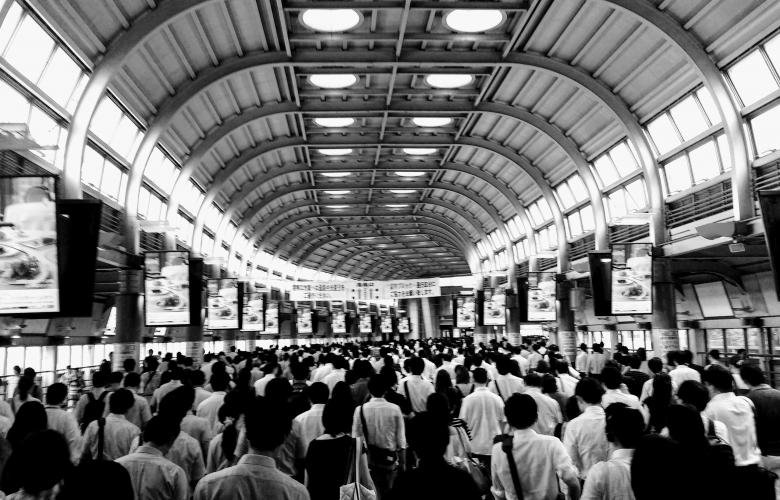On April 1st, 2019, major new immigration reform will take effect with a new “Specific Skilled Worker” (tokuteigino) visa status for foreign workers in Japan.
This new class of visa is designed to alleviate labour shortages due to Japan’s shrinking population in a wide range of industries — including nursing care, cleaning, factory work, construction, hospitality, agriculture, fisheries, and restaurants. If it works, it could lead to a modest influx of foreign workers to Japan with a subsequent need for housing and other support services.
The scheme aims to bring in more than 345,000 migrants to Japan over the next 5 years. The target for the first year is a much more modest 47,550 workers. The new immigration status differs from the much-criticised Technical Intern Training Program in that foreign workers are considered regular employees and there is a path to permanent residence status. Another difference compared to previous efforts to plug Japan’s labour shortages with foreign labour is that applicants need to pass both a language test and a skills test to qualify for the new visa status.
The language component seems to be a nod to concerns about integration of new immigrants. The specific requirement is Level N4 or higher of the Japanese Language Proficiency test. That level requires applicants to be able to read 167 kanji characters, to understand some basic sentences and to have some elementary listening skills. One potential problem is that the total number of people that passed the Level N4 or higher last year was only 154,000 (100,000 when restricted to examinees outside Japan). While that sounds like a lot more than the approximately 70,000 workers needed to meet the targets, a large number of those examinees will either slot into the highly skilled category or they may not have an interest in the industries for which Japan is seeking workers. The question is whether additional people will take the exam (approximately 6 months of study would be required) with the specific goal of fulfilling the requirements of the new visa.
While the Technical Trainee visa is not disappearing, existing workers on the visa will be allowed to apply to switch to the new visa with fewer restrictions than those applying from outside Japan. A much criticised restriction of the Technical Trainee programme has been tying the visa to employment at the sponsoring company, leading to reports of exploitation of workers, a large number of accidental deaths and suicides, and even a case in which a trainee stabbed a colleague to death. Trainees who switch to the new visa will be free to leave their previous employers.
Assuming the new rules have the desired impact, what will be the effect on Japan and the property market in particular? According to Shotaro Tanaka a senior agent at Apts.jp — a major provider of rental accommodation for foreigners in Japan — the changes are likely to have the biggest effect on the outskirts of major cities. “People working in industries such as factory work, construction, and agriculture will most likely need housing on city outskirts or in the countryside. Traditionally, there are few English speaking agents in these areas to offer support and local landlords may not welcome foreign tenants, however, there are some organisations preparing to cater to this market’s needs.” says Tanaka.
A winner in that respect may be a housing service called Village House — a company set up by a U.S. investment group affiliated with Softbank Group — which has put together a portfolio of 2,909 aging apartment buildings with as many as 100,000 individual apartments. “The largest cluster of their properties is in Aichi [Prefecture], which is also the location of many large Japanese manufacturers such as Toyota and Mitsubishi. ” continues Tanaka. “They now rent these apartments out at highly discounted pricing with no deposit, key money, or other fees.”
Tanaka expresses some concern over the level of Japanese, especially if the aim of the visa reform is to revitalise the regional economy. “Although it’s possible to rent an apartment with little to no Japanese, setting up a bank account or visiting a doctor, particularly in a rural area, is an entirely different story.”
By Gregory Lane
Similar to this:
Over a quarter of nationwide apartments on the market are over 30 years old and based in Tokyo, sources say
Price of new and used single-family residences on a steady rise in Tokyo metropolitan area
A case for living in the Japanese countryside





